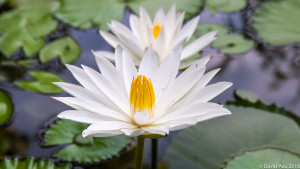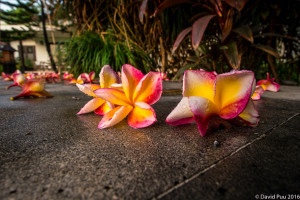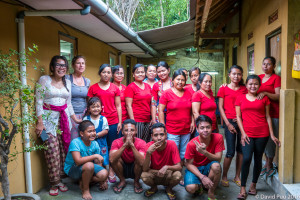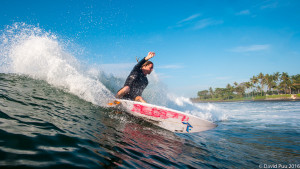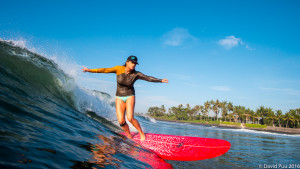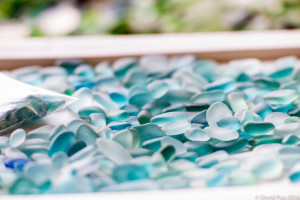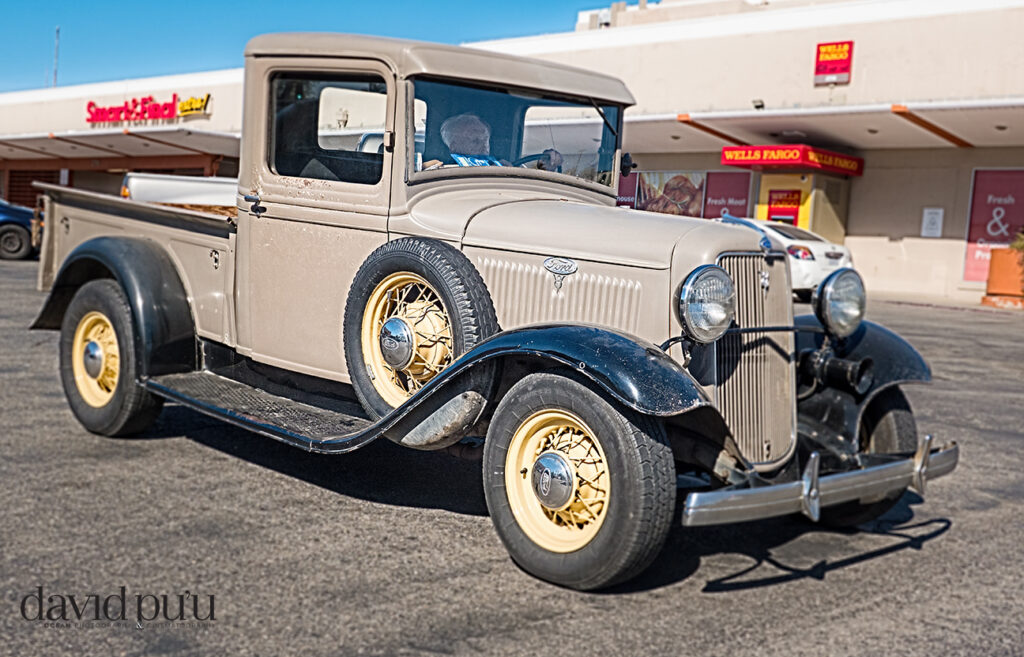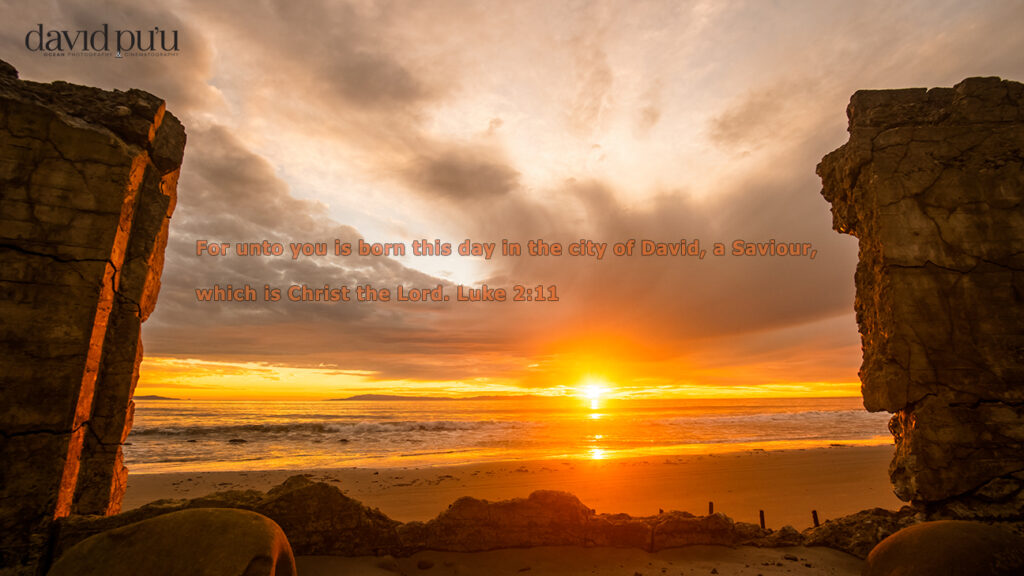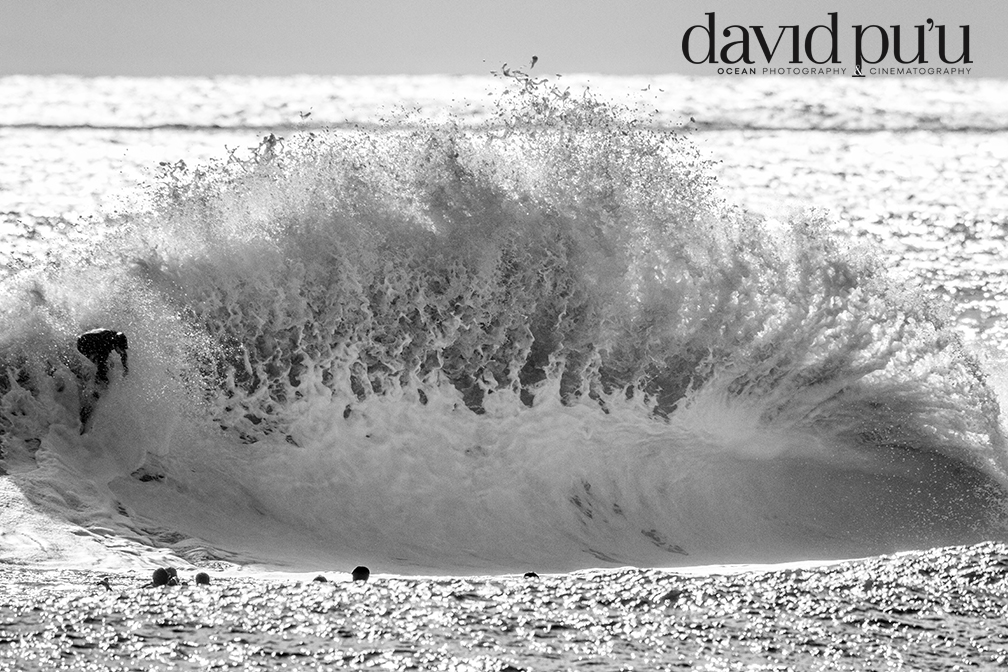It has been a little over year since I began using the Samsung NX1 system for the bulk of my imaging projects in motion and in stills. The inexpensive little camera which Samsung has apparently discontinued, resides in triplicate in my camera kit.
It continues to surprise me with it’s dynamic range and versatility while here on Bali. It is without a doubt the single most versatile and bullet proof little camera I have used, especially since I collect time lapse sequences in full 27 MP raw file format at up to 3000 frames per day average while shooting on the road. Zero failures. This is rare for a 1500.00 camera or a 5,0000.00 camera. It just works.
Somewhat recently Sean Labrie at SPL Waterhousings built me a remarkably detail oriented system for the camera and I splash it regularly, primarily with the Rokinon 12 MM F2 lens (Manual) attached. At 15 fps firing rate in stills you miss very little. I leave the body set on 120 FPS for motion capture. More on why I do this later in this note.
Ran across this article on Ang Lee’s latest project (Thanks Lynn)
http://mobile.nytimes.com/2016/10/09/movies/ang-lee-interview-billy-lynns-long-halftime-walk.html
It really is one of the smartest applications of 3D tech I have seen.
When I worked on that 3D NG feature “Alien Deep” I shot most of it in 240 FPS at around 1/320th sec shutter speed on the custom UHD camera system WHOI created for us. I won’t add to the boring nature of this already somewhat techy blog by explaining that system other than to say it made me see where we were headed.
After seeing the absolute crystal clarity of each frame and the manner in which “smear” was eliminated I was sort of shocked at how the tech might translate some day.
I thought about shooting in 120 FPS and outputting in 30 FPS in post in 3D.
The irony is that is exactly what I am doing now, with the Samsung NX1. I record motion in 120 FPS and have the playback option of 30 fps with sync sound or 120 fps! This also easily up rates to 240 FPS.
Having the RT sound signature available from one camera shoots is a huge bonus, and the in camera mic is shockingly good if you program it. One thing to note is that if you use a remote mic the camera’s auto audio recording program disables and you need to pay attention to the audio meters or headset monitor if you want to avoid extra audio post work.
These are the components in the Samsung kit:
3 Samsung NX1 bodies
1 Samsung battery booster
Samsung 16-50mm F 2 OIS lens
Samsung 50-150mm F 2.8 OIS lens
Samsung 10MM fisheye lens
Rokinon 12MM F2 manual rectalinear wide angle
Rokinon 85MM F 1.4 manual telephoto
Fotodiox 10 and 16 MM extension tubes
SPL waterhousing with flat and fisheye ports
Though due to the H265 codec that Samsung uses I have to transcode my footage (I use Wondershare. Takes awhile.) I am going to begin using the Atmos Ninja shortly which will allow to to record directly to drive in Apple Pro Res format.
Here are a few stills from the Bali 2016 shoot file which at this date is approx 750 gigs deep with motion and stills capture. I will share a bit more from this time on Bali shortly.

